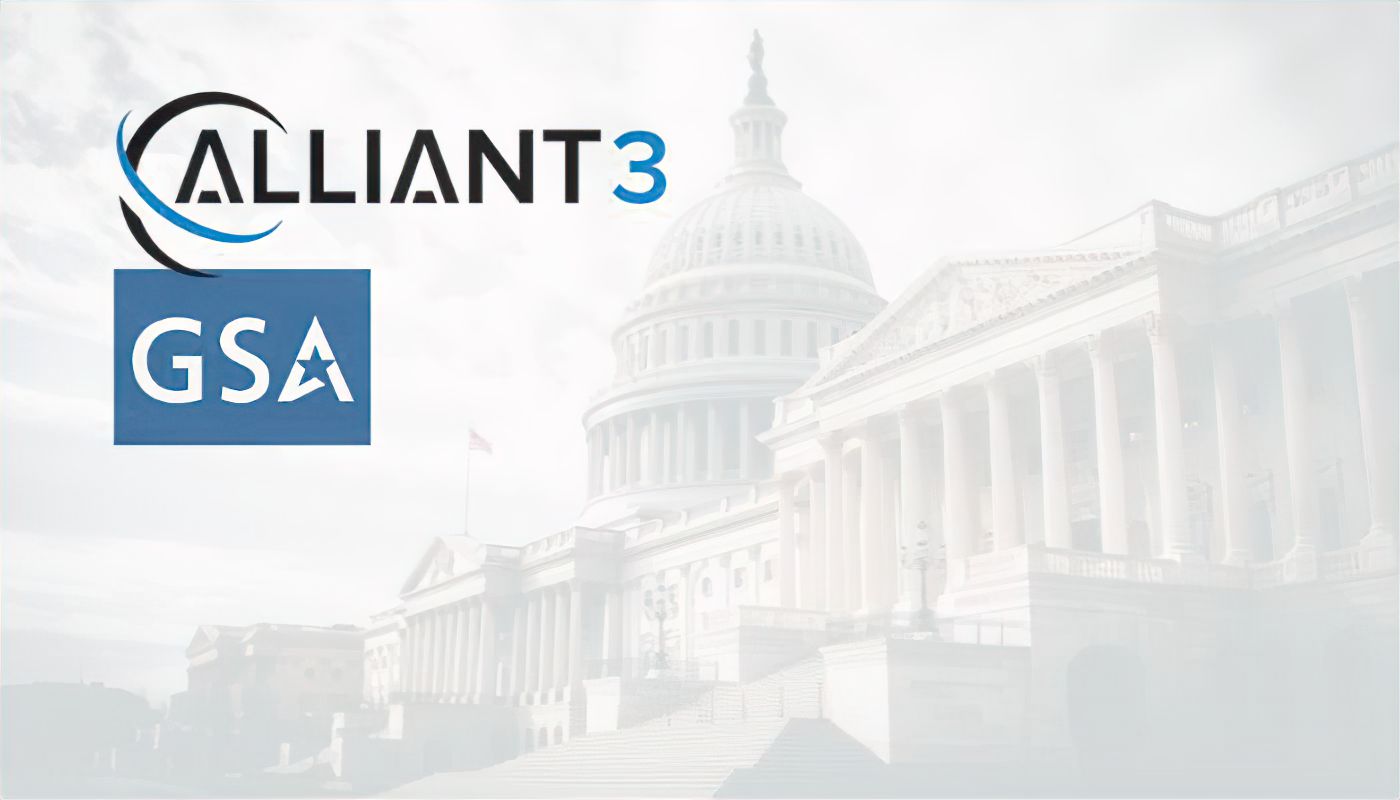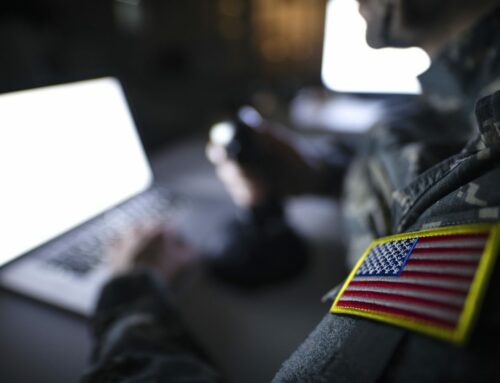The GSA’s Alliant 3 acquisition, heralds a new era in federal IT services, drawing on the legacy of Polaris and OASIS+ programs. This “evidence-based” procurement initiative promises cutting-edge solutions to government entities, aligning with the Federal Enterprise Architecture’s standards.
Unveiling the GSA Alliant 3 Acquisition
Tentatively schedule for an April 2024 release, the Alliant 3 acquisition will allow the Federal Government access to the most advanced IT services, whenever and wherever needed. It extends to all eligible entities, empowering them to leverage today’s leading tech and embrace advancements on the horizon, leveraging the Federal Enterprise Architecture’s standards for high-priority areas.
Estimated at $75 billion with a potential of a 10-year period of performance (PoP), this acquisition will be a full and open /unrestricted competition under NAICS 541512, Computer Systems Design Services.
The previous contract had a similar period of performance and expires in 2028, so the GSA is eager to get the following in place. Given the magnitude of the evaluation effort, the GSA is estimating a 10-month evaluation period with awards expected in February of 2025. The previous contract had 62 awards with a current spend of nearly $23 billion through the halfway point of the PoP. It appears that GSA is anticipating a much higher total contract value threshold; whether due to anticipated needs or inflation is unknown.
GSA Alliant 3 Documentation Dilemmas
As with both Polaris and OASIS+, the GSA Alliant 3 response will be heavy on documentation with files uploads to something akin to the Symphony platform used for OASIS+. The draft RFP provides six tables with the detail of what evidence should be provided, while other portions of Section L describe exactly the types of evidence that will be expected. A self-scoring worksheet is provided with a total of 92,200 possible points. No threshold is established and, unlike OASIS+, there is only expected to be a total of 60 awards.
GSA Alliant 3 Challenges
As with Polaris and OASIS+, the Alliant 3 response will be a documentation nightmare. This will be complicated by offerors who have previous Contractor Team Arrangements (CTA) or Joint Ventures (JV). If the CTA or JV is still in existence, any relevant experience from those types of organizations may only be claimed on one proposal. If it’s submitted on more than one competing proposal, then none will receive credit for that experience. Close coordination will be required between members of existing CTAs and JVs to prevent this.
Overcoming Proposal Hurdles
For those offerors who did not submit a proposal for either Polaris or OASIS+, you may have little concept as to the extent of documentation required to be responsive to the solicitation. While the draft RFP does not appear to have tagging requirements for your documentation, you can anticipate that the final RFP will. If so, this will require you to review all your SOW documentation and highlight (“tag”) applicable sections that support the type of work relevant to the RFP. This would also likely be required for other pieces of documentation such as contracts and reports from the Federal Procurement Data System that are required for submittal.
If your organization chose not to respond to either Polaris or OASIS+, you are at a disadvantage. Having a proposal manager and a coordinator familiar with the GSA’s “evidence-based” methodology will be crucial to being able to effectively respond and to win a place at the table. OCI has consultants with the necessary experience to assist your organization. Get in touch with us here to learn how we can help.





Leave A Comment